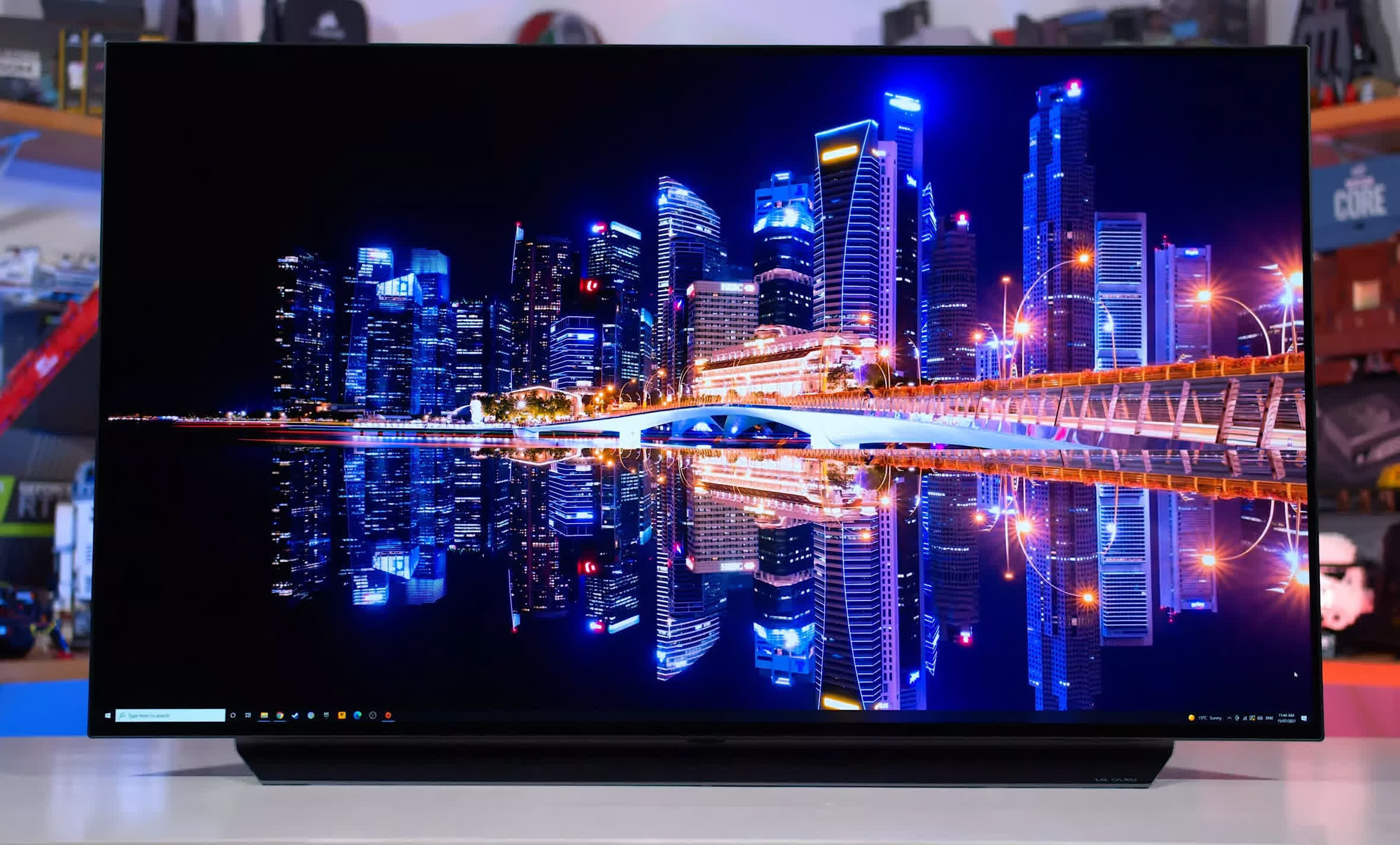In brief: Researchers from Pusan National University in South Korea are one step closer to creating economically viable, solution-processed organic light-emitting diodes (OLEDs) that don't skimp on durability or efficiency. In other words, much more affordable OLED-equipped devices like smartphones, televisions and monitors might not be too far away.

As the researchers explain, current OLED production is both expensive and labor intensive. Solution-processed OLEDs promise to be more affordable but thus far have been limited by efficiency and durability issues owing to difficulties in manufacturing.
To circumvent the problem, researchers synthesized and characterized a cross-linkable hole injection layer (HIL) material boasting over 99 percent solvent resistance, and fabricated a solution-processed red phosphorescent OLED device using it.
The team said the novel HIL material possesses an optimal energy level as well as high mobility and excellent film-forming properties, which are crucial for commercial viability. In fact, according to Professor Do-Hoon Hwang from Pusan National University, the material achieved a greater efficiency and lifetime compared to the most widely used HIL material.
Related: The Best Gaming Monitors - Early 2023
OLEDs have been around for decades, with the first practical device dating back to Eastman Kodak in 1987. Mainstream implementations were still many years away, and it wouldn't be until 2007 that the first OLED television hit the market in the form of the Sony XEL-1.
Sony's display measured just 11 inches diagonally and had a resolution of 960 x 540 meaning it technically didn't even qualify as an HDTV. It debuted with an MSRP of $2,499 and was more of a technology demonstration than something you'd actually buy for daily use.
Only recently have OLED devices started to gain more mainstream adoption as pricing has come down from the stratosphere. OLEDs typically afford a much better picture quality compared to LEDs. They are also generally more power efficient and weigh less than LED counterparts, and have superior response times.
The research paper on the matter was recently published in Chemical Engineering Journal.